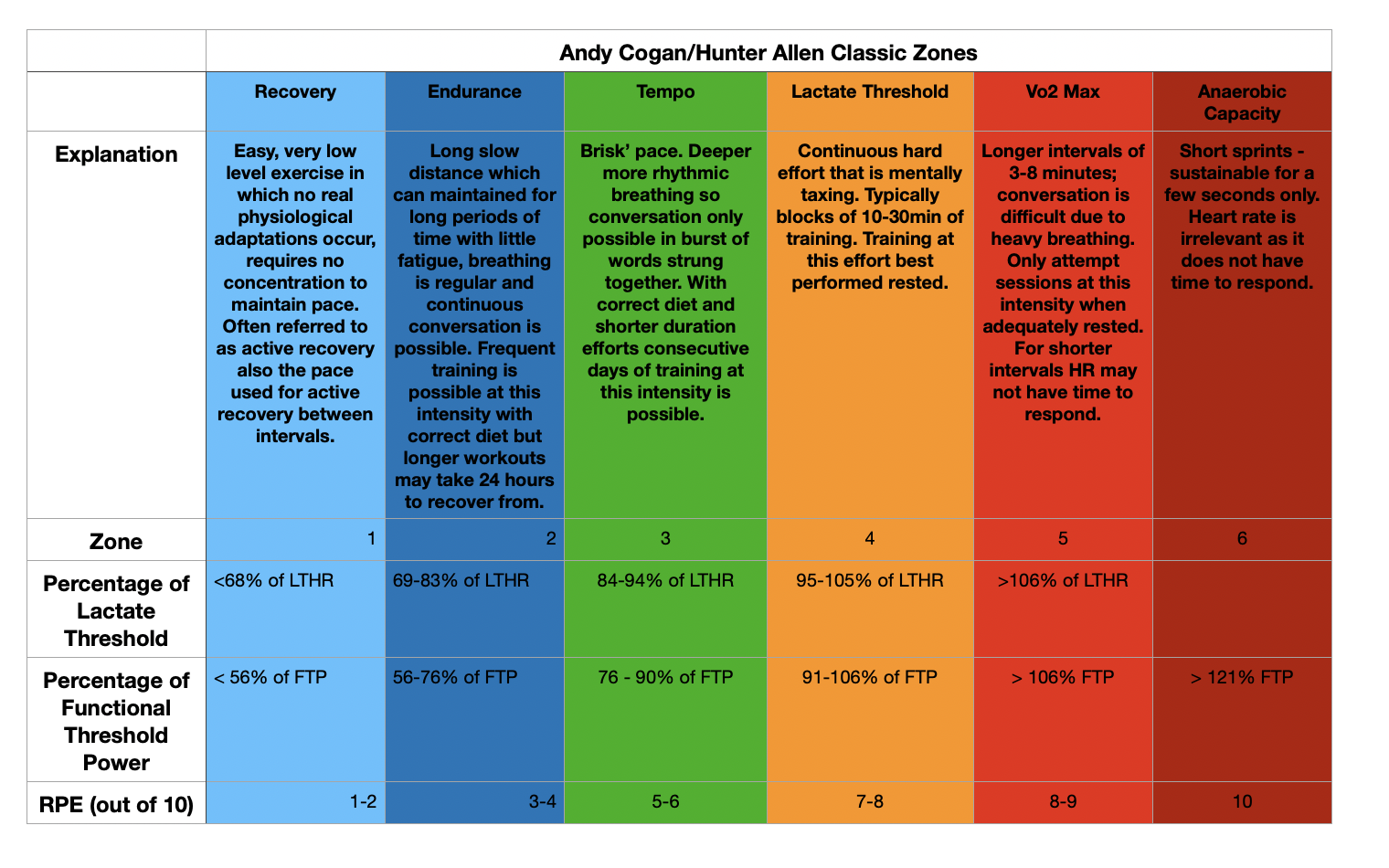Heart Rate Versus Power - Which is the Best Metric for Ultra Endurance Events?

Getting the pace right an ultra endurance event is a key component to a successful finish. So how can you pace it well? Should you use Power or Heart Rate?
Heart Rate
Heart rate measures work input (how hard you are working). It can prove to be more reliable over unpredictable, especially technical terrain.
However, it's not perfect as your heart rate is influenced by more than just exercise. For example if you are stressed/excited at the start of your event your heart rate will already be elevated. Heat can also elevate your heart rate.
Over ultra distances, as the fatigue sets in, your heart rate will stop responding in the same way and may even drop significantly/become very sluggish. The longer an event is the more unreliable it can become; see the analysis below of an athletes 50 mile (84km) trail race:

Power
Power measures work output. It can be more consistent than pace and speed which varies with ascent and the readings will not be affected by heat and your own emotions.
If you have set your power zones correctly then power can be a good way to monitor effort over shorter distances.
However, throughout ultra endurance events your power thresholds will also change as you fatigue, so you cannot assume that you will be able to keep putting out the same power in the latter stages as you could at the start.
Rate of Perceived Exertion
Given that both power and heart rate are not perfect metrics, it can be a good idea to work to Rate of Perceived Exertion. Most athletes given a comprehensive scale can accurately run/ride to Rate of Perceived Exertion and it can correlate well to training zones in other metrics.

Rate of perceived exertion will allow for the drift in training zones that you may experience as your event progresses.
It's a good idea to cross reference all your training sessions with Rate of Perceived Exertion because, just as training zones can change during the course of a long event, they can also change during the course of a training cycle, depending on how much fatigue you are carrying. It will also be good practice for your key event.
Pacing in Training
You can use your long training sessions to help you develop a good sense of what power/heart rate you can maintain and how to keep going using Rate of Perceived Exertion. As you do more long training sessions you can get a sense of what you can maintain over longer and longer distances so you can replicate this in your event.
Given you will be coming into your event very rested this may in fact turn out to be a bit more than you have done in training, so again, cross checking with Rate of Perceived Exertion can help you fulfil your potential from a rested state.
If you would like help preparing for your next race you can book a free 20 minute consultation with no commitment to see how we can help you.
Subscribe to our blog
Please share with your friends
Other articles you might like
July 17, 2024

Comments